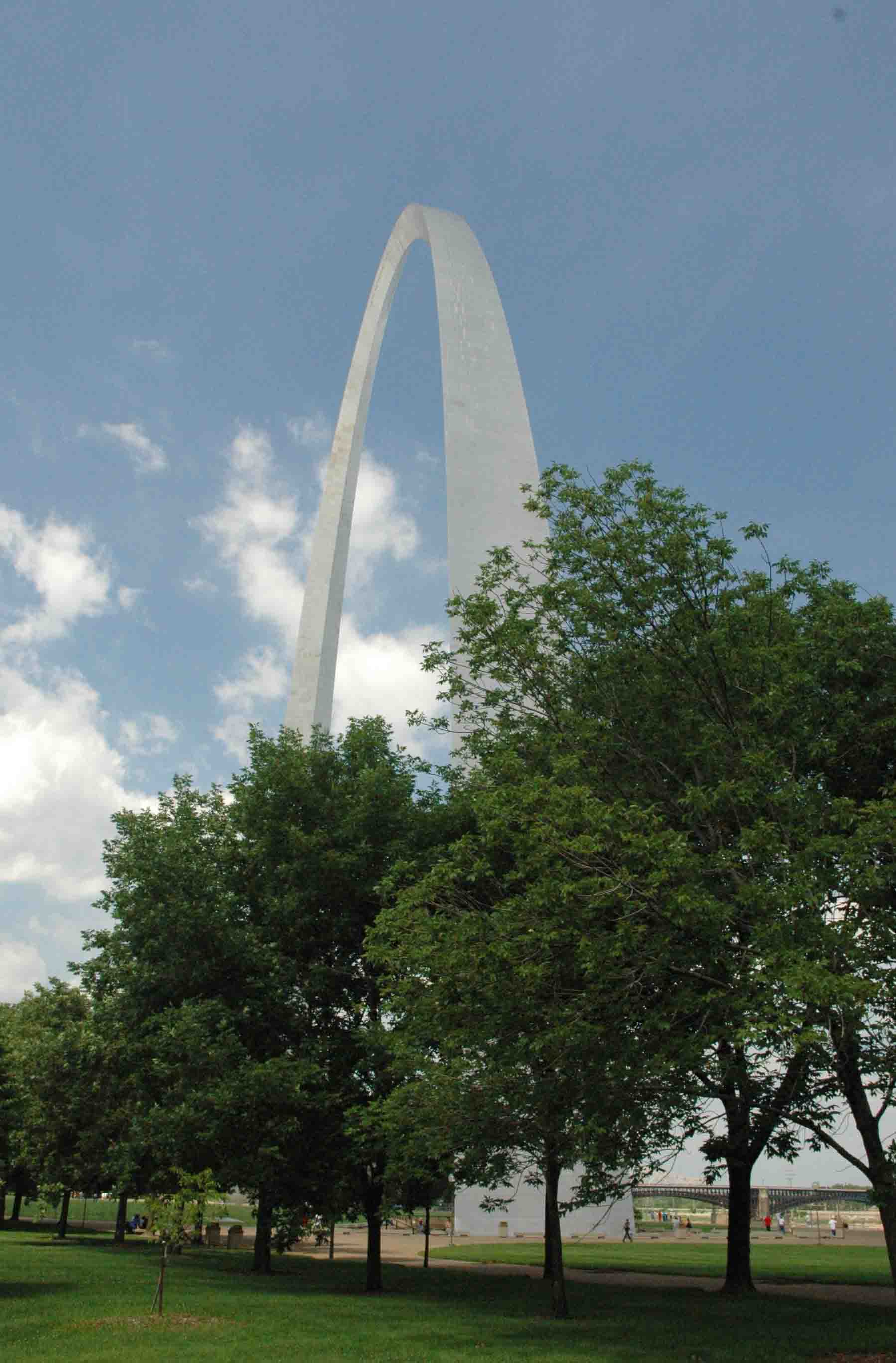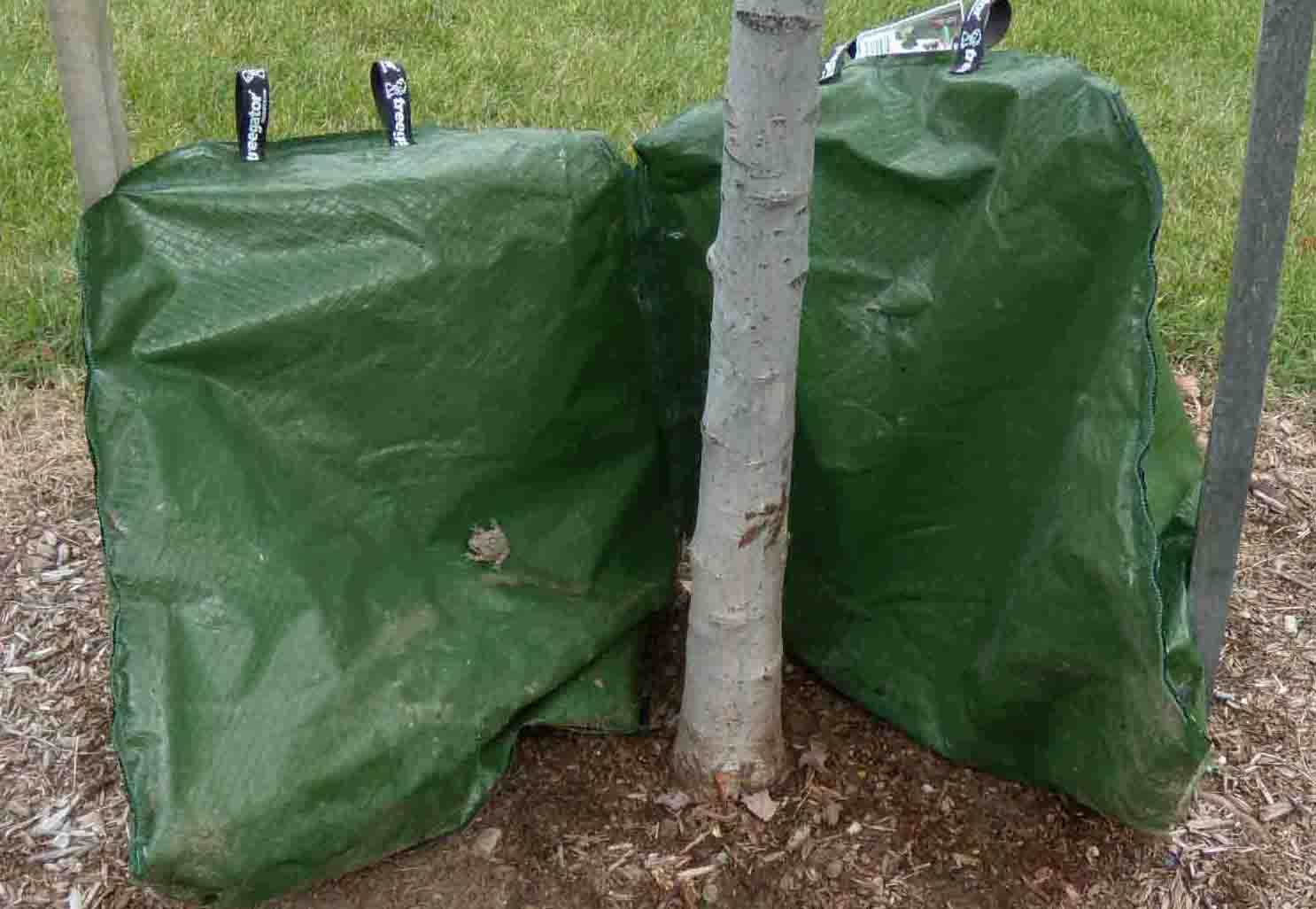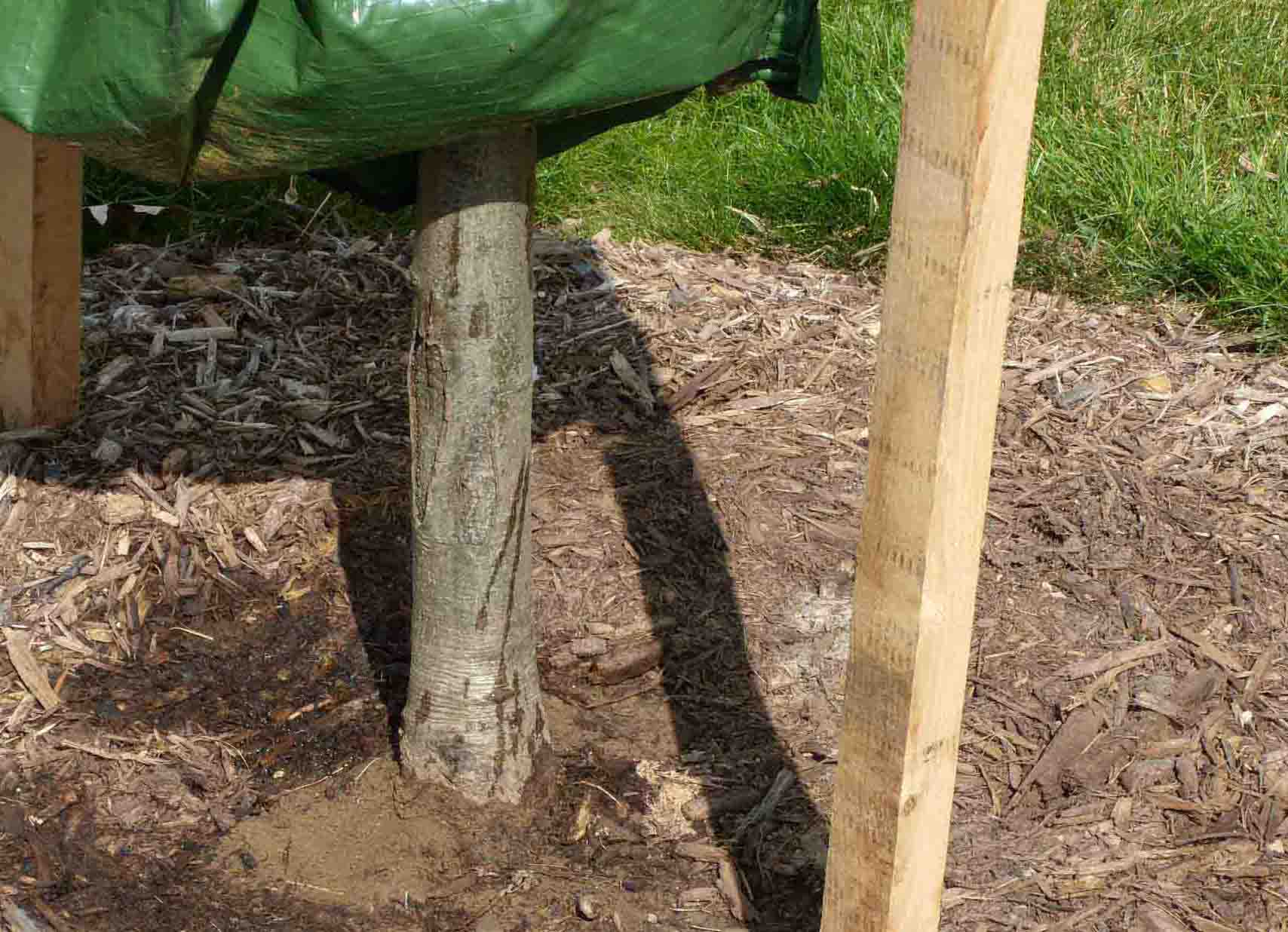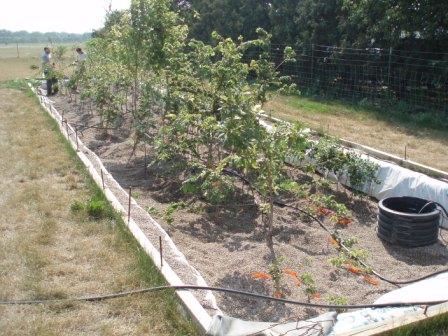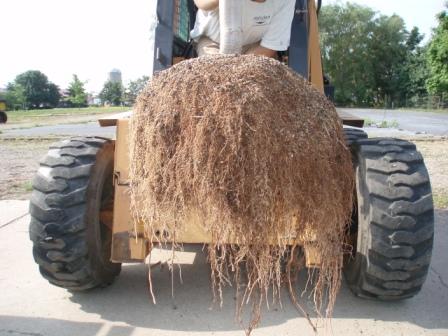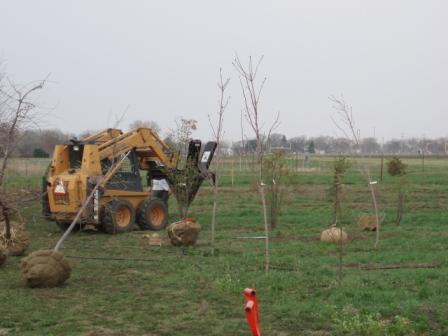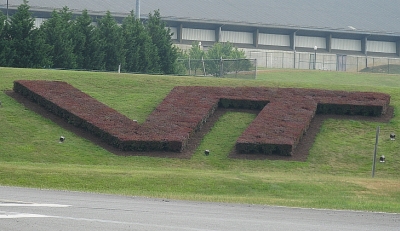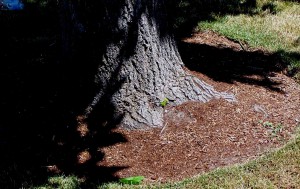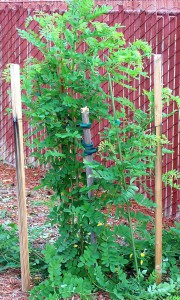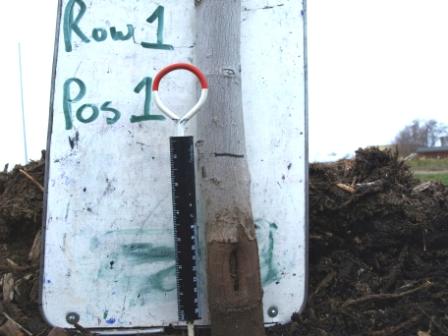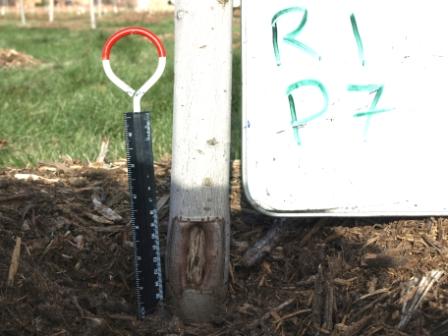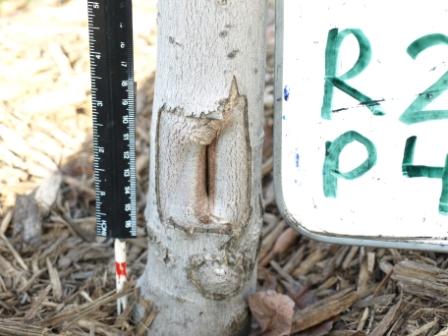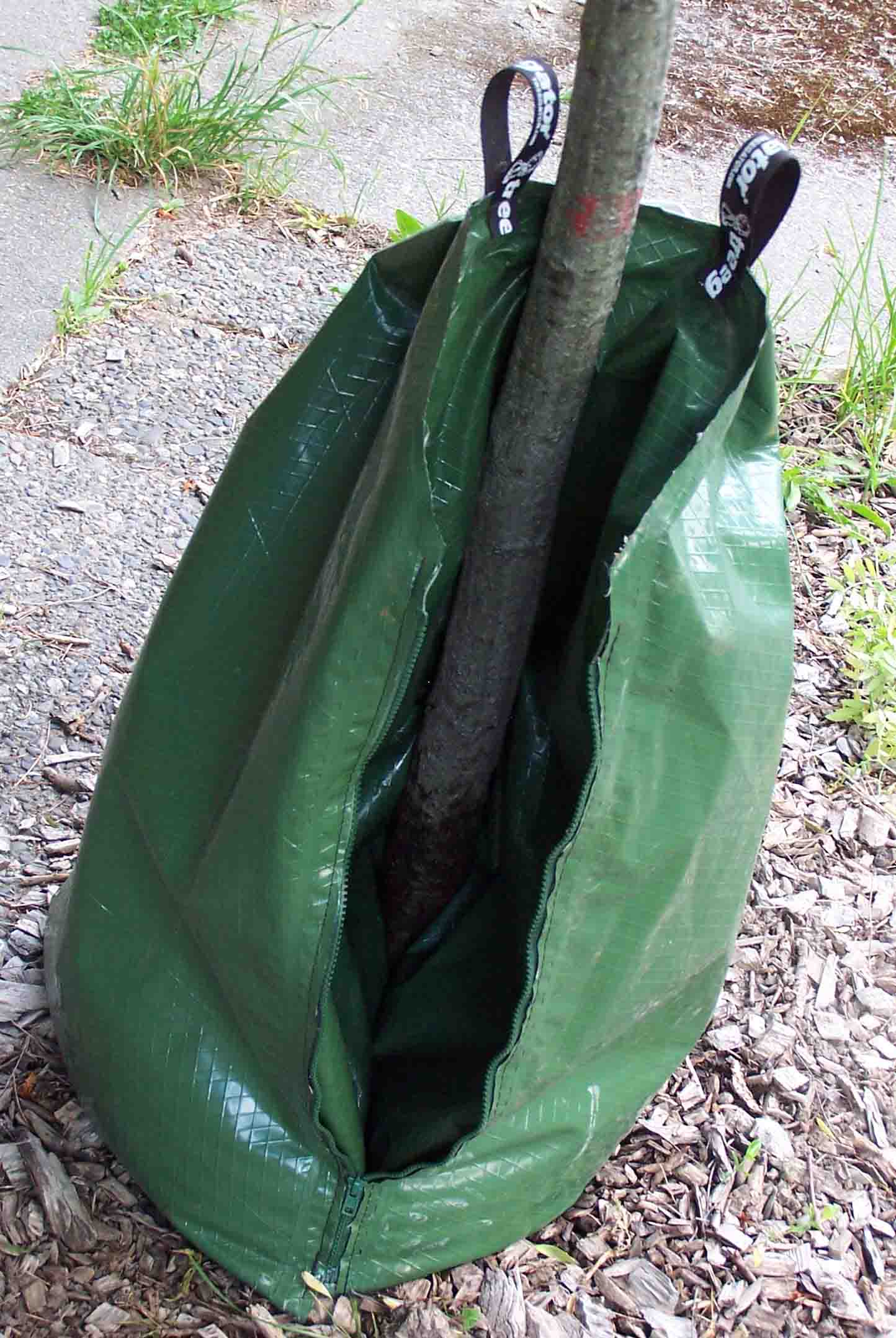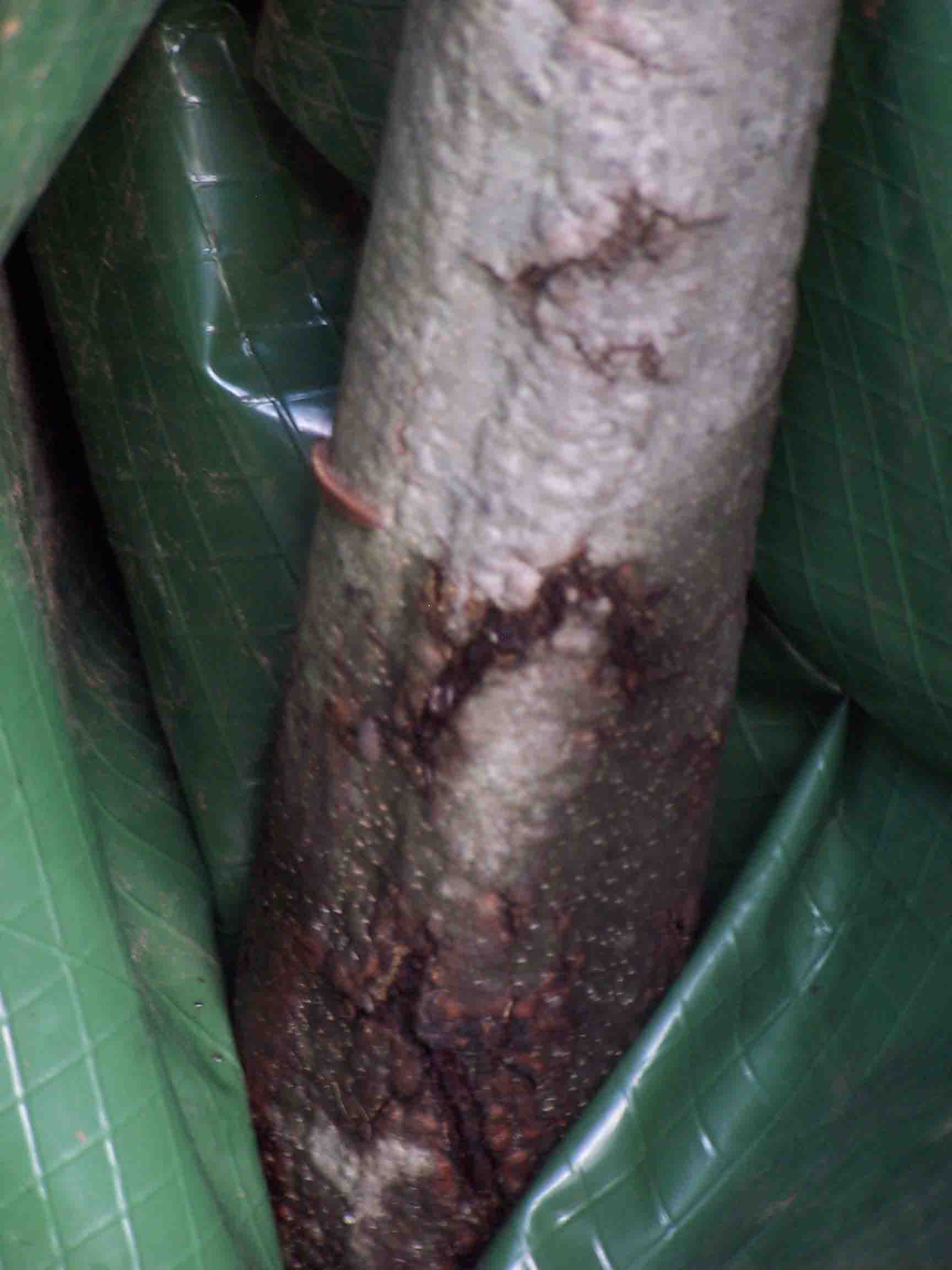One of the biggest issues facing urban and community forestry in the eastern half of North America is the Emerald Ash Borer (EAB). As most people are aware, EAB was accidentally introduced in Michigan some time in the late 1990’s. By 2002 when the insect was found and identified, thousands of ash trees in and around Detroit were dead or dying. Since then the insect has continued to spread, partly by natural dispersal but also by hitchhiking on logs and firewood. As of July 2009, EAB now occurs in 13 states and 2 Canadian provinces. To date, researchers have not found any indication of resistance to EAB in North American ashes. This includes green ash and white ash. Based on our current understanding of the insect, EAB has the potential effectively eliminate the ash genus from North America, similar to effect of chestnut blight on American chestnut or Dutch elm disease on American elms. To help stave off the demise of ash to EAB a veritable army of university and government researchers are conducting wide array of trials to identify chemical or biological controls that can save ashes. Several insecticides can be effective but so far are only feasible for use on high-value landscape trees due to the cost of application and the need to re-apply treatments every 1-3 years depending on the chemical.
To help build awareness of the destructive potential of EAB and the impact of losing ashes in North America, I invite readers of the Garden Professor’s blog to share photos of their favorite ash. Photos can be e-mailed to me @ cregg@msu.edu and I will post them on the blog. Include any pertinent information about the tree(s). To get things started I have included photos of ash trees surrounding the Gateway arch in St. Louis. In the early 1970’s over 500 ‘Rosehill’ white ash trees were planted along the sidewalks in the park area surrounding the arch, which was completed in 1967. The ash trees frame the famous ‘Gateway to the West’ and provide shade to cool visitors during St. Louis’s sweltering summers. Unfortunately, the ashes may ultimately serve as a cautionary tale of the perils of monoculture in landscape design if they are lost to EAB. The National Park Service, which manages the Gateway Monument grounds has begun to plant new trees from a variety of species. However it will be years before those trees will be anywhere near the size of the existing ash trees. To date, EAB has only been found in Missouri in an isolated outbreak in the southeast corner of the state but the insect has a firm foothold in Illinois and is moving westward. The ashes in the Gateway monument are being monitored for EAB and presumably the Park Service will begin treating the trees with trunk injections of systemic insecticide if EAB are detected in or near the Monument.
